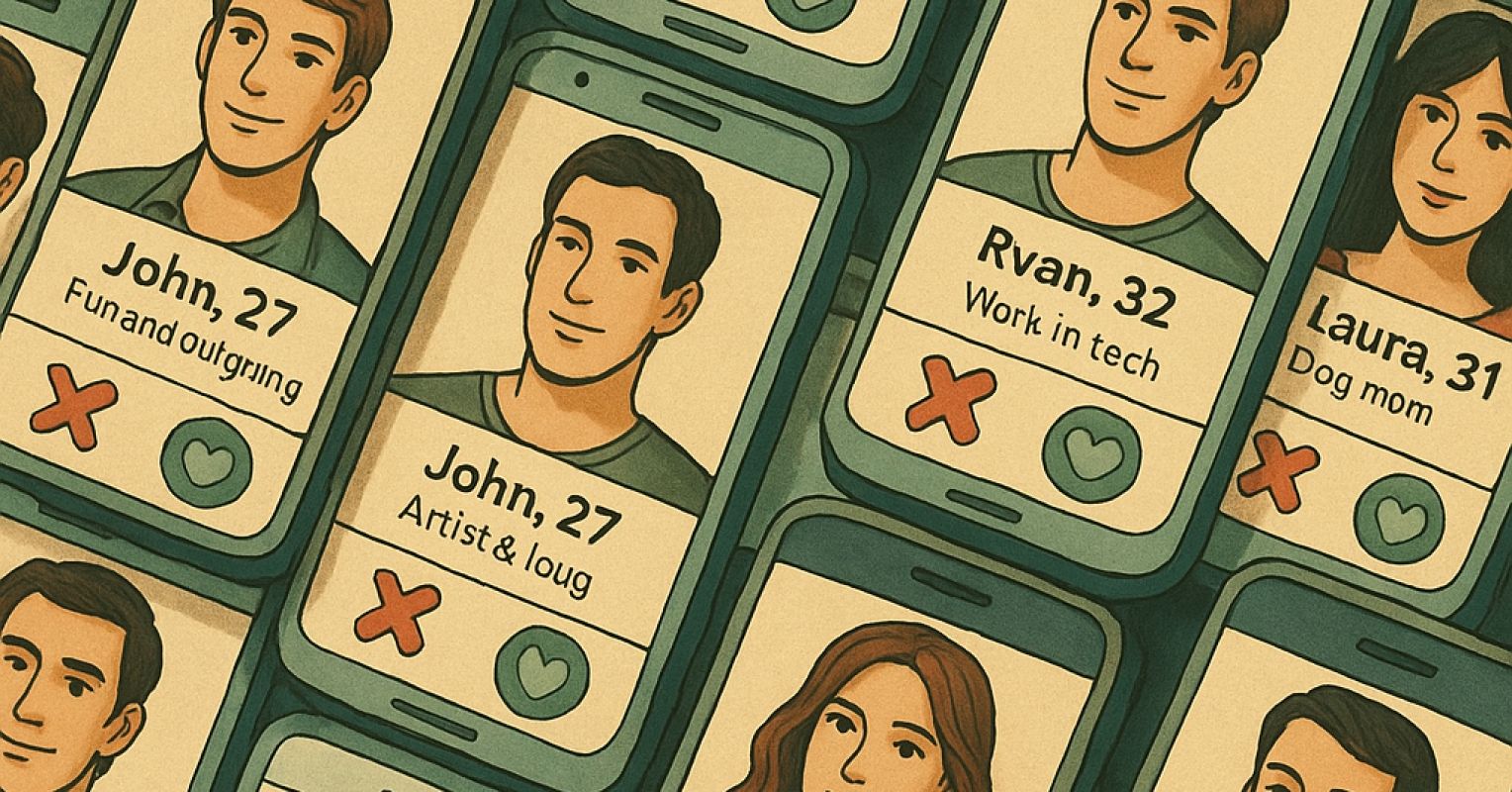
"If you've ever spent time fine-tuning your dating app bio only to get fewer matches than you'd hoped, you're not alone. A new study suggests that your bio may matter less than you think, and that your photos do most of the heavy lifting. But before you close your apps in despair, take a breath: Those findings tell us something important about the first impression stage of dating, not the whole journey. And there are encouraging lessons there for anyone navigating today's digital dating world."
"To test which profile traits actually determine daters' swiping decisions, Witmer, Rosenbusch, and Meral (2025) created realistic dating profiles and asked 445 participants in Germany to make swipe decisions between them. The profiles varied in: Their finding: The photo dominated the decision. A more attractive profile picture dramatically boosted someone's odds of being chosen. Other factors, i.e., bio, job, intelligence, similarity, helped a little, but nowhere near as much."
"Researchers have been studying mate preferences for decades. In survey research, men often say they value physical attractiveness, while women emphasize the importance of traits like intelligence, kindness, or financial stability. But when researchers look at the actual choices we make, this picture changes. Several speed-dating studies found that people's stated preferences rarely match the partners they actually choose. For example, someone might say that intelligence is their top priority, yet when meeting face-to-face, physical appeal often outweighs everything else (Todd et al., 2007)."
A study with 445 participants in Germany used realistic dating profiles that varied in photo, bio, job, intelligence, and similarity. Profile photos overwhelmingly determined initial swiping decisions; a more attractive picture dramatically increased the odds of being chosen. Other profile elements such as bio, occupation, intelligence cues, and similarity exerted only modest effects. Self-reported mate preferences often diverge from actual choices, with speed-dating evidence showing physical appeal frequently outweighs stated priorities like intelligence. Attractiveness operates as a subjective, flexible input. A first swipe initiates contact, but additional interpersonal factors are required to sustain attraction and build relationships.
Read at Psychology Today
Unable to calculate read time
Collection
[
|
...
]